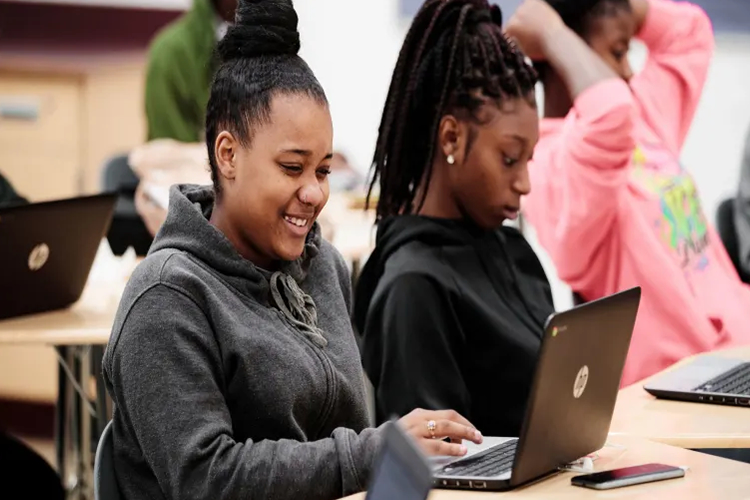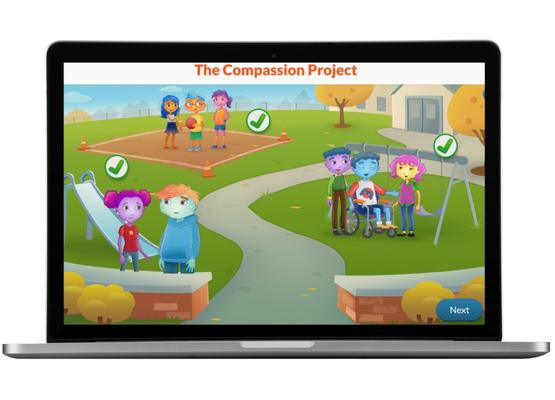K-12 HEALTH CURRICULUM
Wellness Matters: K-12 Health & Wellness Courses
Forming Healthy Habits for Students
Students are faced with making choices every day. With EVERFI’s digital health and wellness curriculum, kids are taught that the choices they make and habits they form now become the foundation for the lives they lead as adults.
EVERFI works with partners to secure funding so all of our digital health and wellness resources, training, and support are completely free to teachers, districts, and families.
Download your free prevention education toolkit for Red Ribbon Week
Health and Wellness for High School Students
Health and Wellness for Middle School Students
Health and Wellness for Elementary School Students
Prevention-First Health Curriculum
EVERFI's lesson library and free health and wellness resources help your students develop whole-child education skills through digital, evidence-informed curriculum aligned to standards.

Access and Accountability
Asynchronous learning allows for lessons anytime, anywhere with built-in assessments and real-time grading.

Turnkey Lessons
Gamified financial skills in a fail-safe environment. Teachers receive lesson plans, activities, & discussion guides, too.

Implementation Support
Our regional support team guides teachers every step of the way, through on-demand training and professional learning events.
If you’re new to EVERFI and need help accessing our free lessons, let’s connect.
Health and Wellness FAQs
Health and wellness curriculum offers students a comprehensive education on various aspects of physical and mental well-being. Here are some key components typically included in health and wellness curriculum: physical education, nutrition education, mental health and emotional well-being, substance abuse prevention, personal safety and injury prevention, health literacy and decision making, healthy relationships and communication, and disease prevention and personal hygiene, Health and wellness curriculum aims to provide students with the knowledge, skills, and attitudes necessary to make informed decisions about their physical and mental well-being. It promotes the development of healthy habits, responsible behavior, and positive attitudes towards personal health, ultimately supporting students in leading balanced and fulfilling lives.












